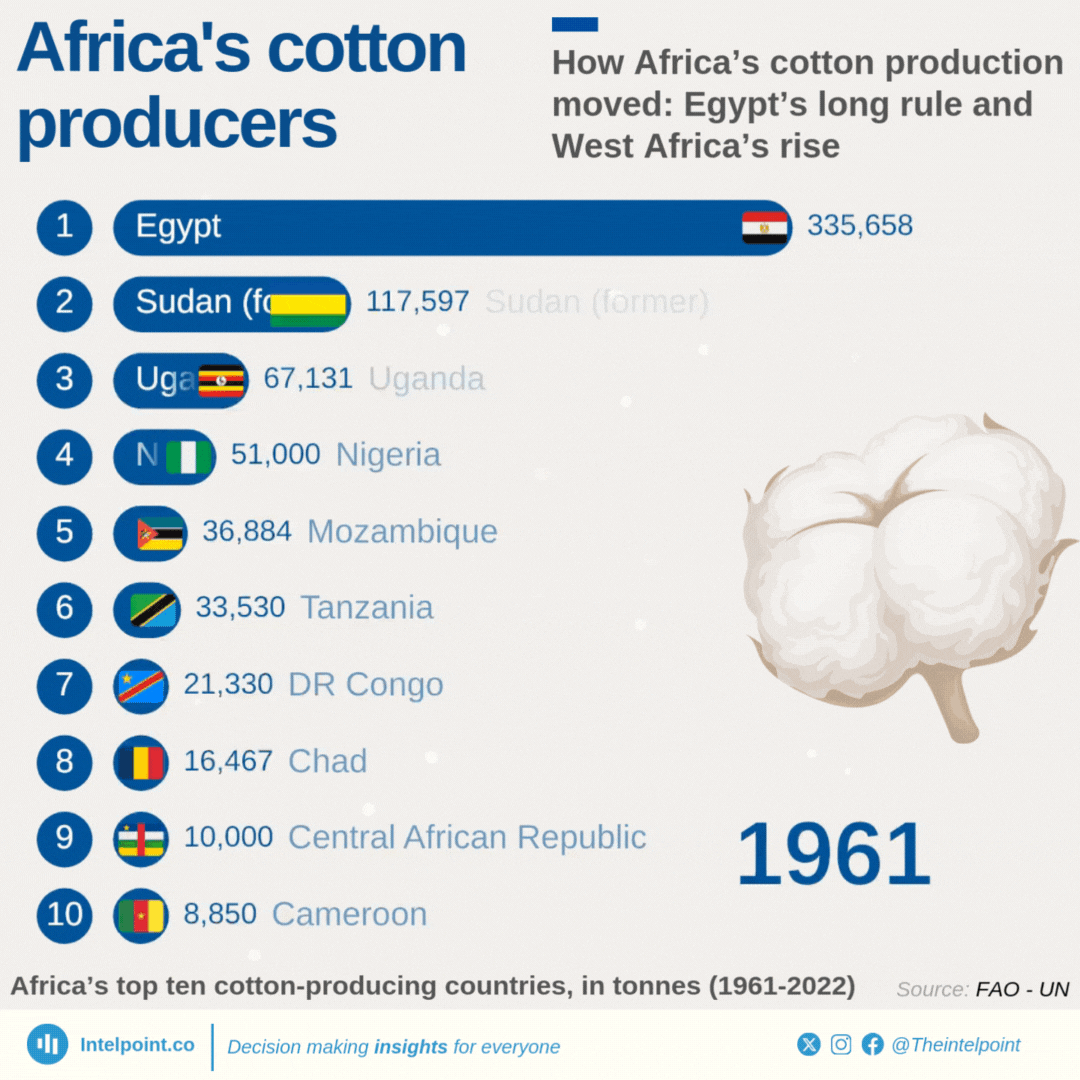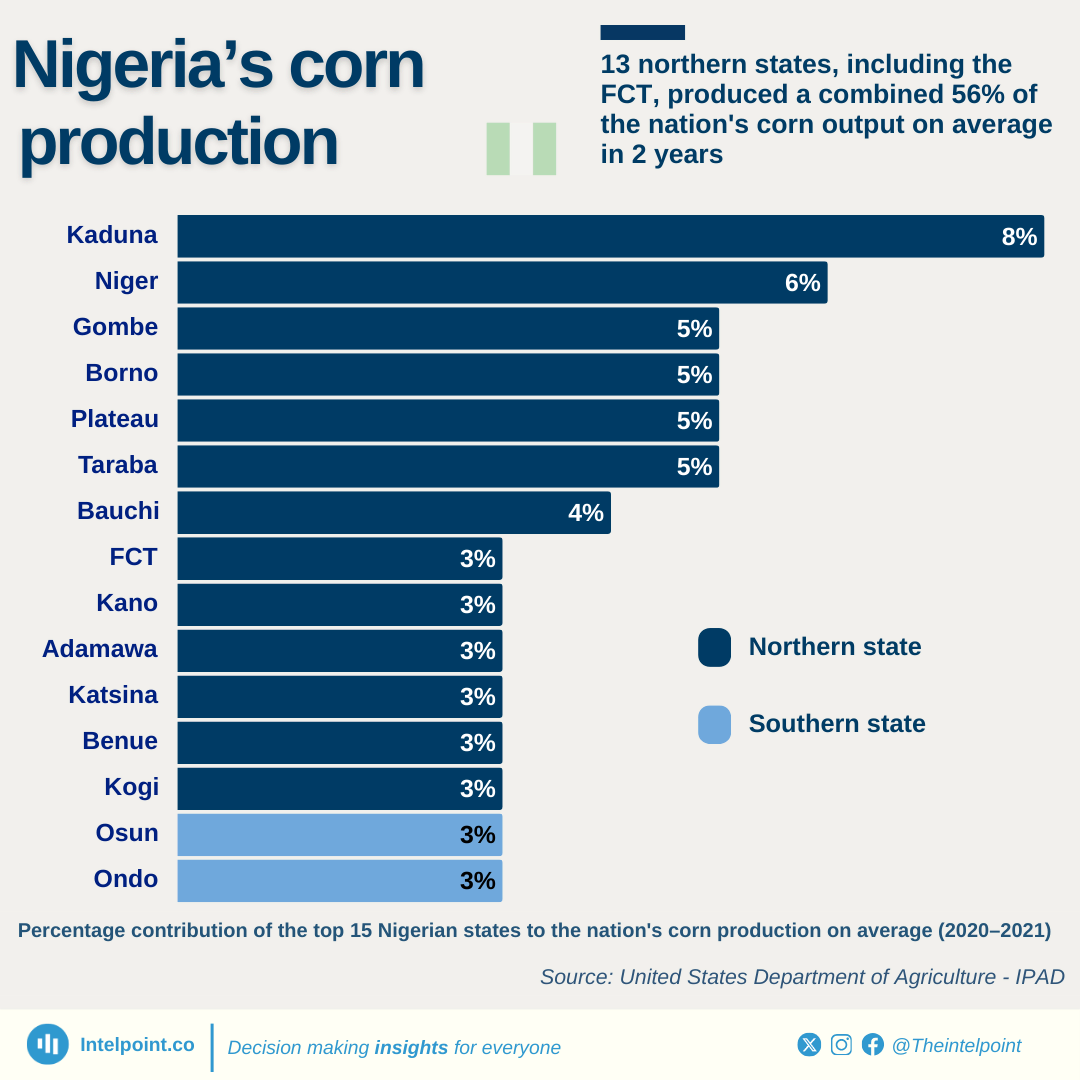From 1990 to the present, rice remains one of the staple foods whose production has changed tremendously. Global milled rice production in 2022 reached about 513.5 million metric tons, with China leading with 208.49 million metric tons and India a close second with 137.83 million metric tons. This article explores changes in rice production from 1990 through 2024 and the most prominent countries in this highly essential industry.
Here’s a detailed table summarizing the trends of the happiest African countries from 2000-2024
| Period | Rice Production by Country | Rice Consumption by Country | Key Trends |
| 1990-2000 | China, India, Indonesia, Bangladesh, Vietnam | China, India, Indonesia, Bangladesh, Vietnam | China and India dominated the world production and consumption of rice. The contribution of Southeast Asia, comprising Indonesia, Bangladesh, and Vietnam, was also immense in terms of production and consumption. |
| 2001-2010 | China, India, Indonesia, Bangladesh, Vietnam | China, India, Indonesia, Bangladesh, Vietnam | China and India remained at the forefront; Indonesia and Bangladesh gradually improved their production and consumption. |
| 2011-2020 | China, India, Indonesia, Bangladesh, Vietnam | China, India, Indonesia, Bangladesh, Vietnam | China and India maintained their positions; Bangladesh's production and consumption grew, while Vietnam's remained stable. |
| 2021-2024 | China, India, Indonesia, Bangladesh, Vietnam | China, India, Indonesia, Bangladesh, Vietnam | China and India remained at the top of the charts, while Bangladesh's production and consumption are on the rise, Indonesia has declined, and Vietnam's has fallen back in production but sustained its consumption. |
In the same decade, China and India led the world in rice production, accounting for over 50% of the total. China produced about 130 million metric tons, while India produced 90 million metric tons.
Southeast Asian countries, like Indonesia, Vietnam, and Bangladesh, were also important and held production figures between 20 and 30 million metric tons. Rice is traditionally grown, and good weather conditions have seen global production averaging 400 million metric tons annually.
China and India were followed as leaders, with China producing 140 MMT per annum and India accounting for 100 MMT yearly. Others, like Indonesia, Bangladesh, and Vietnam, emerged from high-yielding rice varieties and irrigation facilities that boosted their production. This decade, the world's total production reached 450 MMT yearly, as new agricultural methods yielded more yield.
China and India continued to lead, producing around 150 million and 105 million metric tons, respectively. Countries like Indonesia and Bangladesh also showed growth, while global production averaged 480 million metric tons annually.
Several challenges, such as climate variability, existed during this period. Still, modern farming techniques and greater use of fertilizers overcame these challenges, sustaining production levels.
In 2023/2024, China and India maintained their leading positions at 144.62 million metric tons and 137.83 million metric tons, respectively. Bangladesh, Indonesia, and Vietnam followed suit in Southeast Asia. Global rice production reached about 520.4 million metric tons, while climate change, technological innovations, and government policies affected the growth.
From 1990 to 2024, China and India held the first two positions in rice production, accounting for more than half of the world's total. Other important rice producers in Southeast Asia include Indonesia, Vietnam, and Bangladesh. Advances in agricultural technology and practices, including the introduction of high-yielding varieties of rice and better irrigation, have made increases in rice production possible.
However, weather conditions and environmental factors still affect yield; hence, sustainable farming practices are needed. These trends are increasingly dependent on modern rice production techniques, dominant positions, and the influence of environmental factors on rice production.
Global rice production increased by 11.0 million tons in the 2024/25 market year compared to the previous year, reaching a record high of 533.7 million tons on a milled basis.
China is the world's leading rice producer, followed by India and Indonesia.
Nigeria, Egypt, Madagascar, Côte d'Ivoire, Guinea, Sierra Leone, Liberia, Burkina Faso, Mali, and Senegal are the top rice-producing countries in Africa.
India is the world's largest rice exporter, followed by Thailand and Vietnam.





